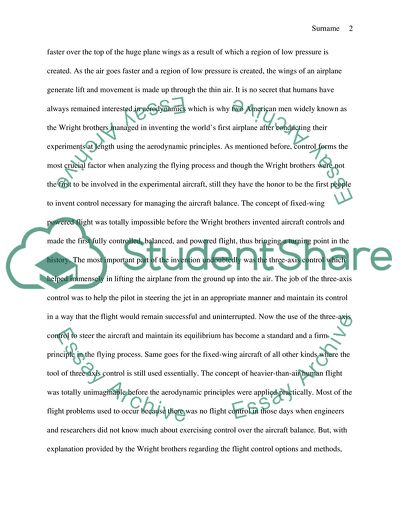Cite this document
(An Airplanes Essay Example | Topics and Well Written Essays - 1750 words, n.d.)
An Airplanes Essay Example | Topics and Well Written Essays - 1750 words. https://studentshare.org/physics/1776120-how-do-airplanes-fly
An Airplanes Essay Example | Topics and Well Written Essays - 1750 words. https://studentshare.org/physics/1776120-how-do-airplanes-fly
(An Airplanes Essay Example | Topics and Well Written Essays - 1750 Words)
An Airplanes Essay Example | Topics and Well Written Essays - 1750 Words. https://studentshare.org/physics/1776120-how-do-airplanes-fly.
An Airplanes Essay Example | Topics and Well Written Essays - 1750 Words. https://studentshare.org/physics/1776120-how-do-airplanes-fly.
“An Airplanes Essay Example | Topics and Well Written Essays - 1750 Words”. https://studentshare.org/physics/1776120-how-do-airplanes-fly.


